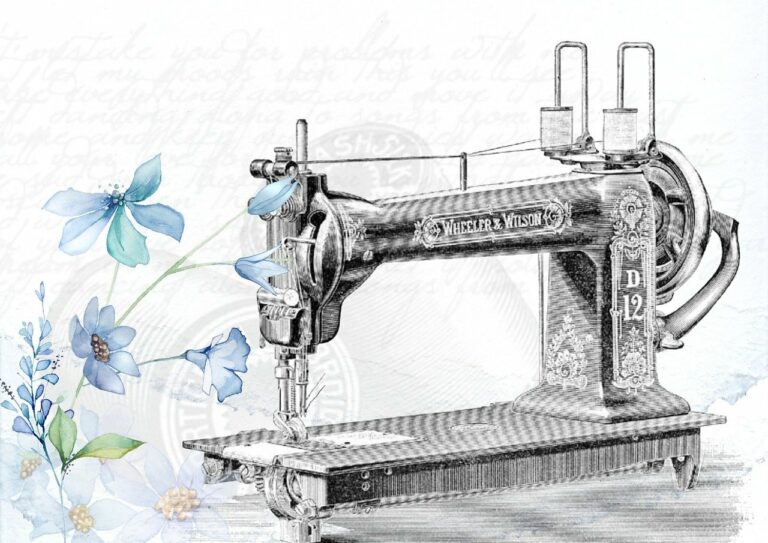3D Printing in Fashion: Redefining Design and Production
Fashion design has undergone a significant transformation with the integration of 3D printing technology. Designers are now able to push the boundaries of creativity and bring their wildest imaginations to life with the help of this innovative tool. Traditional constraints of manufacturing processes are being challenged, allowing for more intricate and complex designs to be produced with precision and efficiency.
The use of 3D printing in fashion has not only revolutionized the way garments are created but has also opened up a world of possibilities in terms of customization and personalization. This technology enables designers to cater to individual tastes and preferences, offering consumers unique and one-of-a-kind pieces that cannot be replicated through traditional production methods. As the fashion industry continues to embrace 3D printing, the future of design is becoming increasingly limitless and exciting.
Advantages of Using 3D Printing in Fashion Industry
One key advantage of incorporating 3D printing technology in the fashion industry is the ability to create intricate and complex designs with precision. Traditional methods often have limitations in producing detailed and elaborate designs due to the constraints of manual labor. With 3D printing, designers have the freedom to experiment with unique shapes and structures that were previously impossible to achieve, pushing the boundaries of creativity in the fashion world.
Moreover, 3D printing offers a more sustainable approach to fashion production. By using this technology, designers can minimize material waste as the printing process can be highly efficient, only using the exact amount of material needed for each design. Additionally, 3D printing allows for on-demand production, reducing the need for mass production and excess inventory which contributes to a more sustainable and environmentally friendly fashion industry.
Innovative Materials Utilized in 3D Printed Fashion Pieces
3D printing technology has revolutionized the fashion industry by allowing designers to experiment with a wide array of innovative materials for their creations. One of the most popular materials used in 3D printed fashion pieces is thermoplastic polyurethane (TPU), known for its flexibility and durability. TPU is commonly used to create shoes, bags, and even clothing items due to its ability to withstand bending and stretching without losing its shape.
Another material gaining popularity in 3D printed fashion is biofabricated leather, an eco-friendly alternative to traditional animal leather. Made from bacterial cellulose, biofabricated leather offers a sustainable option for designers looking to create ethical and chic pieces. Its versatile nature allows for intricate designs and detailing, making it a sought-after material in the realm of 3D printed fashion innovation.
How has 3D printing technology revolutionized the fashion industry?
3D printing technology has revolutionized the fashion industry by allowing designers to create intricate and unique pieces that were previously impossible to produce using traditional methods.
What are some advantages of using 3D printing in the fashion industry?
Some advantages of using 3D printing in the fashion industry include the ability to create custom pieces, reduce waste, and experiment with new materials and designs.
What are some innovative materials that are being utilized in 3D printed fashion pieces?
Some innovative materials being utilized in 3D printed fashion pieces include flexible filaments, recycled plastics, and even biofabricated materials like mushroom leather.
How do designers incorporate sustainability into their 3D printed fashion pieces?
Designers incorporate sustainability into their 3D printed fashion pieces by using recycled materials, minimizing waste during production, and creating pieces that are made to last.







